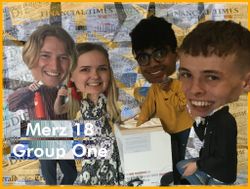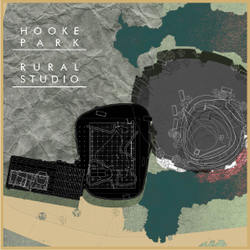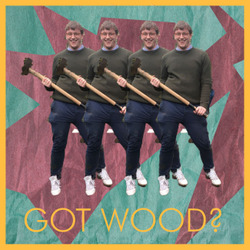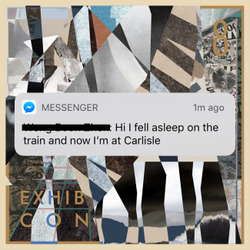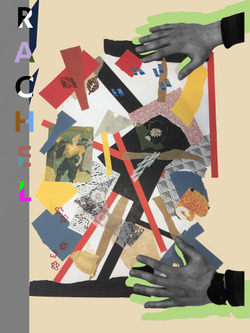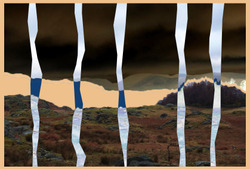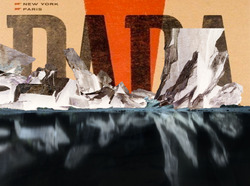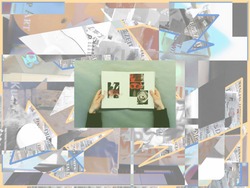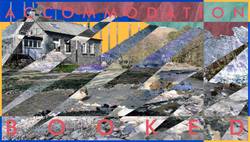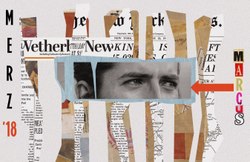Well done group 1!
Their Exhibition in their own words.
The model consists of plaster and copper, finished with a collage of an OS map of the Lake District where the Merz Barn is situated. The map has geographical relevance to the site we have chosen, but also is reference to the Dada and Merz art movement, where collaging was a key aspect to create an almost chaotic appearance. The pavilion consists of a long winding vein through the landscape, leading up the terrain. For the public interacting with the pavilion the ultimate goal is to reach the peak of the hill, to get the full view of the valley and surrounding area.
However, a glass pane is placed at the end to prevent the user from reaching that goal; representing the restrictions facing rural communities, such as poor infrastructure. The pavilion is intended to be made from found and recycled materials, such as car parts and pylons. A quite literal response to the ‘broken’ infrastructure systems within the rural.
Their Exhibition in their own words.
The model consists of plaster and copper, finished with a collage of an OS map of the Lake District where the Merz Barn is situated. The map has geographical relevance to the site we have chosen, but also is reference to the Dada and Merz art movement, where collaging was a key aspect to create an almost chaotic appearance. The pavilion consists of a long winding vein through the landscape, leading up the terrain. For the public interacting with the pavilion the ultimate goal is to reach the peak of the hill, to get the full view of the valley and surrounding area.
However, a glass pane is placed at the end to prevent the user from reaching that goal; representing the restrictions facing rural communities, such as poor infrastructure. The pavilion is intended to be made from found and recycled materials, such as car parts and pylons. A quite literal response to the ‘broken’ infrastructure systems within the rural.
Posted 8 May 2018 06:27
